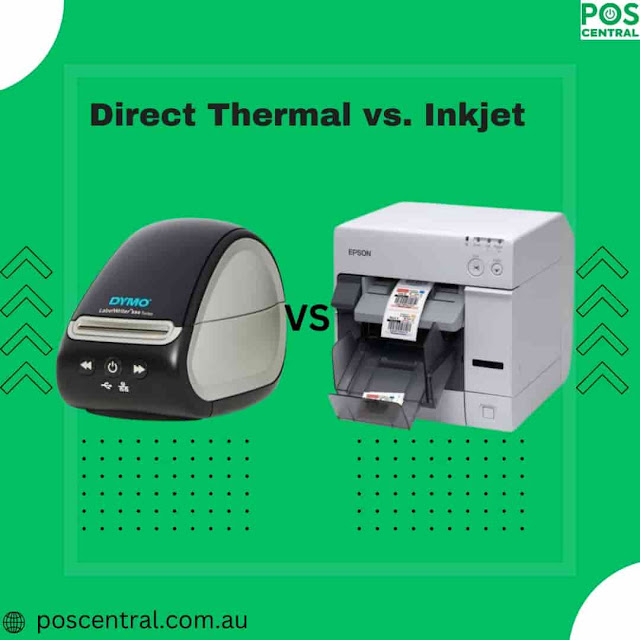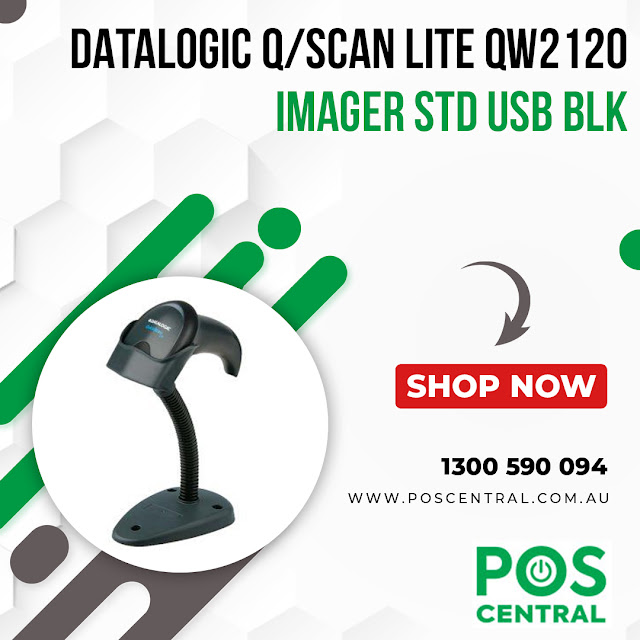Direct Thermal vs. Inkjet Labeling: Which Wins for Home Organization?

When it comes to home organization, labeling is an invaluable tool for keeping things neat and easily accessible. But, with several labeling technologies out there, it can be quite a task to decide which one fits your needs best. Today, we're diving into the world of Direct Thermal vs. Inkjet Labeling to help you make an informed decision. Direct Thermal Printers Understanding Direct Thermal Labeling Direct Thermal label printers operate by using heat to produce an image on specially treated, heat-sensitive labels. This method eliminates the need for ink, toner, or ribbon, making it a cost-effective and maintenance-free option. Advantages of Direct Thermal Labeling One of the biggest perks is its simplicity and cost-effectiveness. With the need for additional supplies like ink or toner, the ongoing costs are higher. It's also quite user-friendly, making it a great choice for quick, on-demand printing, especially for shipping labels, receipts, and name tags. Disadvantages of D...
.png)

